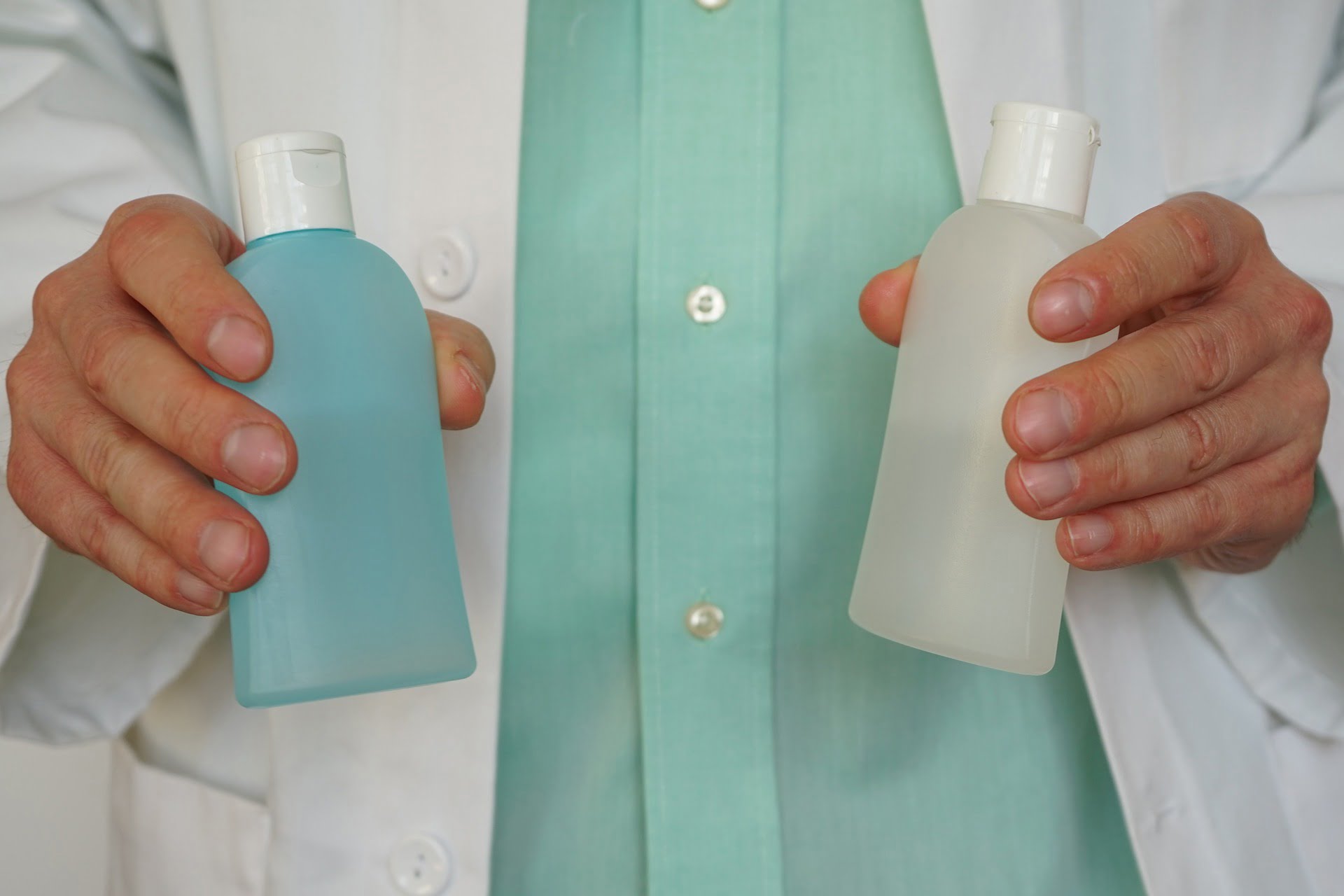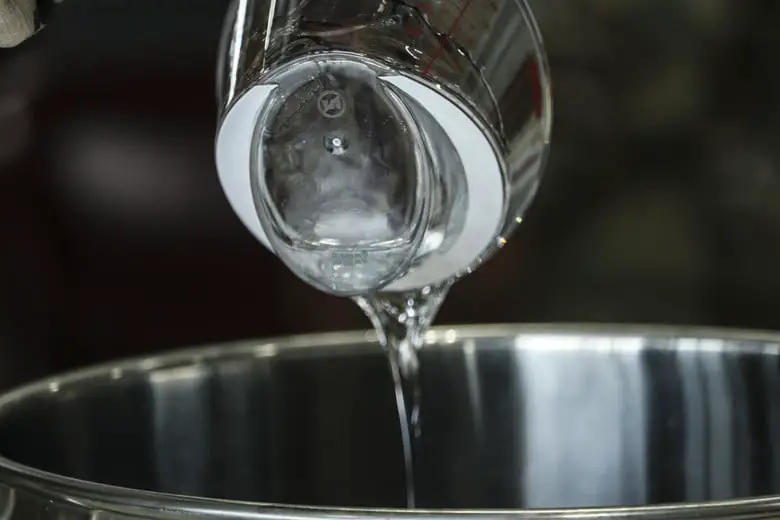With so many hand-sanitizing items in the marketplace, why would building maintenance pick a non alcohol sanitizer instead of one containing alcohol as the dynamic germ-fighting ingredients?
In some cases, sanitize without alcohol is chosen due to safety, health, or building security worries. For example, to sanitize baby hands. In other cases, it could be because using an alcohol-based hand sanitizer in the past was causing skin issues.

Alcohol-free hand sanitizer provides instant germ-killing power, are accepted by the CDC as a substitute to alcohol hand sanitizer, and are safer substitutes to alcohol-based formations in a number of ways:
- Using alcohol-based hand sanitizers can create a dangerous risk and even alcohol positioning, mainly in kids.
- If normal hand sanitizing is needed, frequent use of a hand sanitizer alcohol-based can annoy skin and strip away natural, defensive oils required for fit skincare.
Non-alcohol vs alcohol hand sanitizer
In most examples, the virus-killing difference between alcohol-free and alcohol hand sanitizers relies on the alcohol percentage added in the formulation. As an example, health Guard seventy percent hand sanitizer Alcohol gel kills 99.999 percent of the most general terms in fifty seconds whereas no alcohol Heath Guard Foaming hand sanitizer kills 99.99 percent in a similar amount of time. One could disagree that is an extremely small tradeoff when matched to the benefits that an alcohol-free substitute offers to build maintenance.
On the other hand, health guard foaming sixty-two percent alcohol hand sanitizer kills 99.99 percent of most general germs in fifteen seconds, which is comparable to the Heath Guard Foaming No Alcohol hand Sanitizer. You may ask will hand sanitizer stain your clothes? We recently published an in-depth for that.
Benefits of non alcoholic hand sanitizer

- Non-flammable, safe formula
- Stops alcohol consumption/poisoning
- Will not dry skin like sanitize with alcohol
- Kills 99.99 percent of common germs in fifteen seconds
- No water needed, rub in and let dry
As an included advantage, most notably for food and restaurant services locations, Health-Guard Foaming No Alcohol hand sanitizer is NSF E-rated for sanitizing hands between hands washes in both non-food and food areas.
How much hand sanitize without alcohol be used
The hand sanitizer amount depends on the hand’s size, but it should be sufficient to fully cover both regions of your hands and between fingers. Usually, that can be between .75 to 1.2ml. After putting the hand sanitizer into your palm, rub your hands combine, rub between your fingers and rub the top of your hands until the sanitizer has evaporated and your hands are fully dry.
Foaming gel vs sanitizer
Many people support the feel of a foaming hand sanitizer when used to their hands and tend to spread it more consistently for excellent sanitizing coverage. Foam an application standpoint, foam products do not need as many items to be dispensed as matched to gels, so a single bottle of foaming item will sanitize more hands than a non-foaming gel bottle of the equal size.



